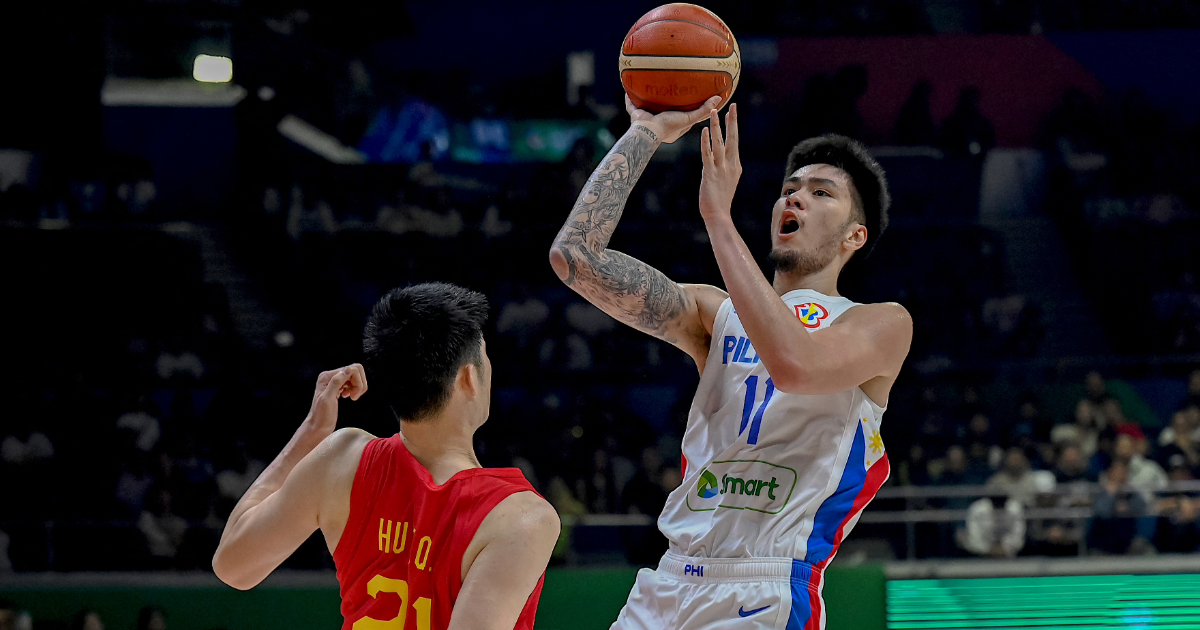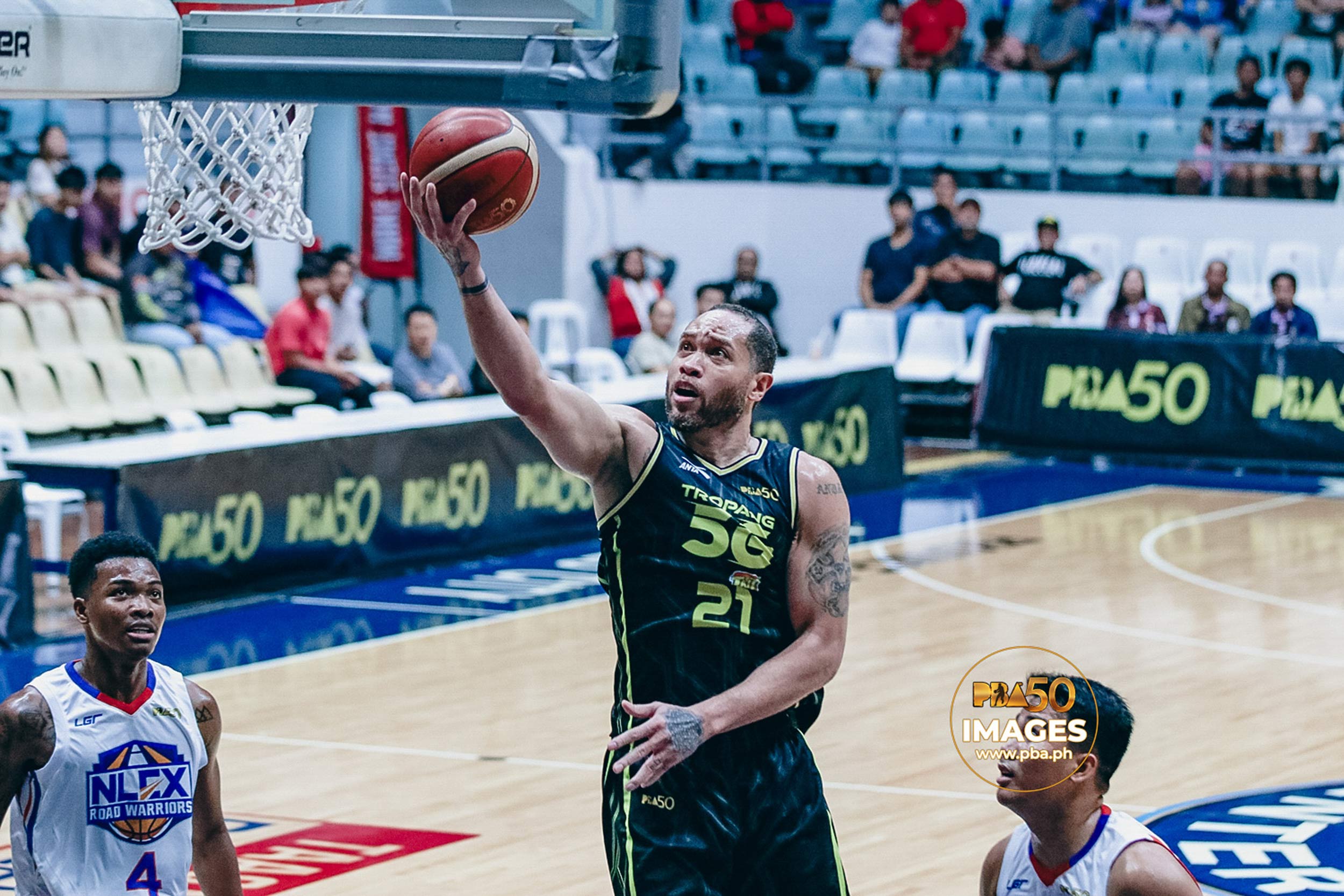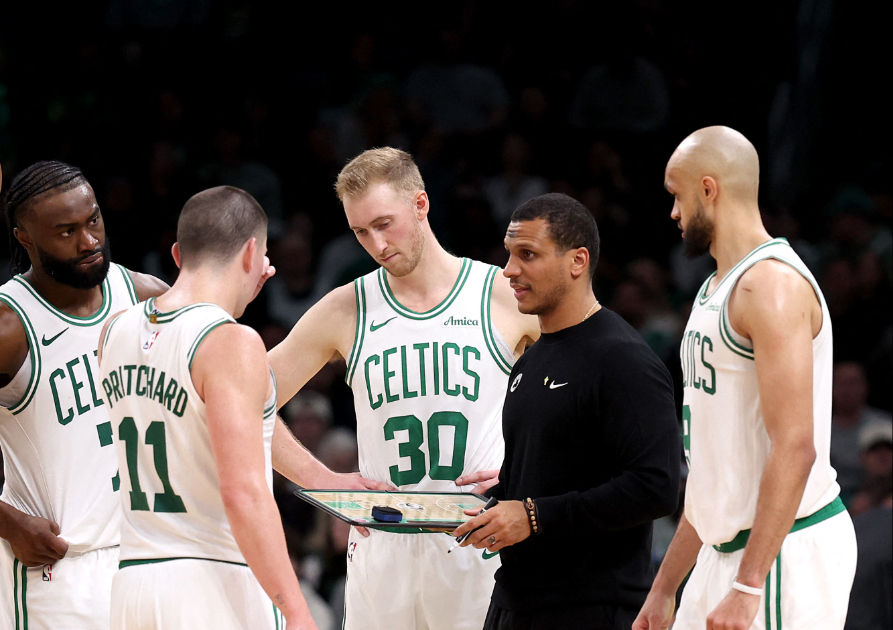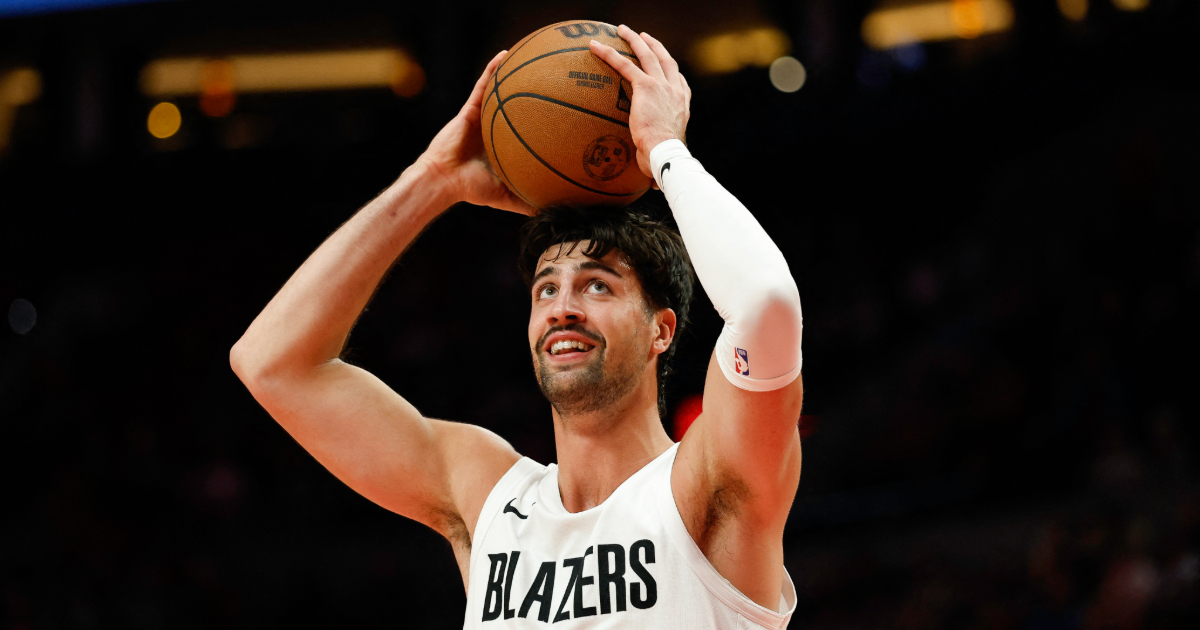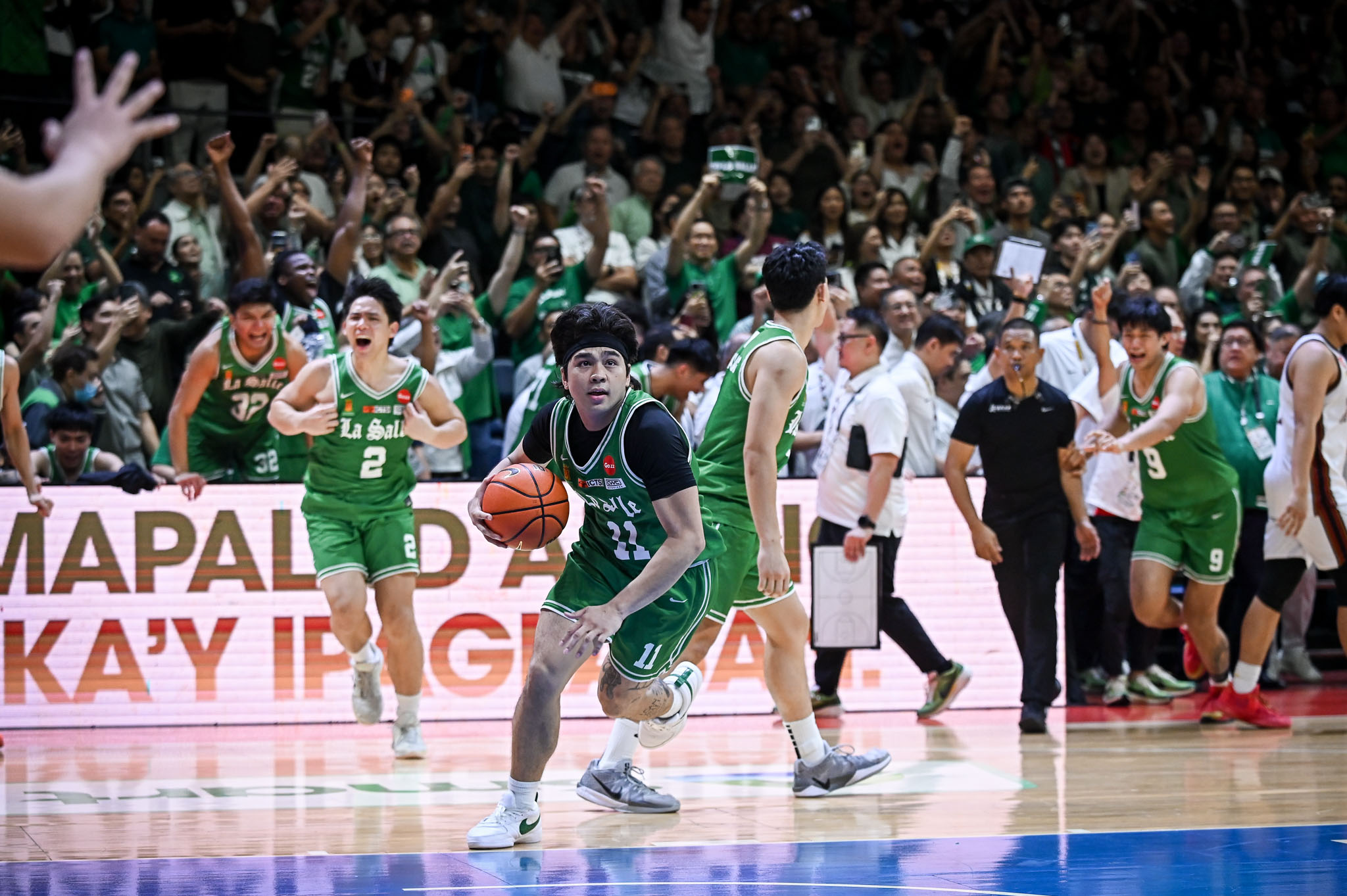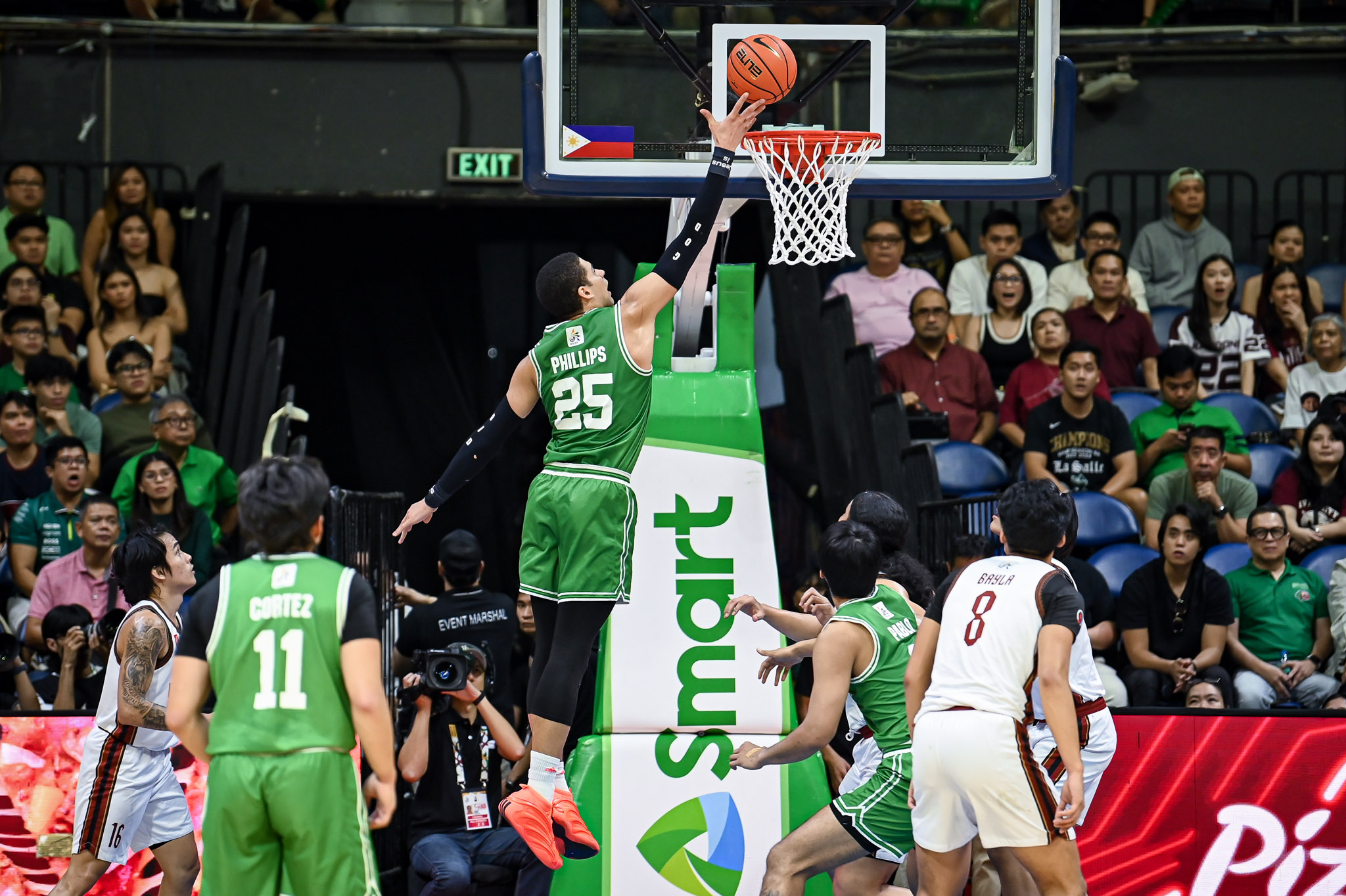
With Kai Sotto still recovering from a torn ACL, Gilas Pilipinas has stumbled out of the gates in the FIBA Asia Cup.
Gilas dropped its first two games to Chinese Taipei and New Zealand in disappointing fashion as both contests were extremely winnable. Against New Zealand, the 22nd ranked team in the world, the Philippines was already going to enter the match regardless of whether or not they were fully healthy, which made Sotto’s absence even more dire.
New Zealand relentlessly attacked Gilas’ top center, June Mar Fajardo, during his 25 minutes of play and it was a major reason why they were able to take a 96-84 victory. The 6’11 Fajardo may be an eight-time PBA Most Valuable Player and arguably the most dominant local to ever suit up in the PBA, but on the international stage, his shortcomings–especially on the defensive end–could not be more obvious.
At this stage, the 35-year-old is best suited in a supporting role with limited minutes for Gilas—as their loss to New Zealand showed. The Tall Blacks targeted Fajardo repeatedly, exploiting his limited mobility to get easy layups. He has never been fleet of foot, and now that he has to play a larger role with Sotto sidelined, those limitations are in the spotlight.
This is by no means a criticism of Fajardo as he was clearly put in a difficult situation.
The presence of the 7’3 Sotto would have definitely changed the complexion of the game, though these past two losses have also left many observers wondering if the Philippines, given the current crop of players, is better suited playing a different brand of basketball (and no, this does not mean that a certain former coach should come back–don’t get any ideas).
Gilas’ lack of size without Sotto is glaring, but it should not be immediately dismissed as a flaw. This roster has the pieces to excel as a run-and-gun unit—in the present and the future. Sotto himself is not a traditional, back-to-the-basket center, and is most effective as the roll man in a pick-and-roll and in transition.
24-year-olds Kevin Quiambao and Carl Tamayo are two undersized big men who thrive on the offensive end and have excelled in their limited minutes for Gilas in this tournament. They could be excellent complementary pieces around Sotto as their mix of perimeter shooting, playmaking, and physical toughness is conducive for transition offenses.
Furthermore, the Philippines has looked good with veteran Scottie Thompson on the floor pushing the pace, and there is no reason to think that Dwight Ramos—now clearly the team’s best local player—would not do well in a faster setup as well. Justin Brownlee will do well too in whatever situation he is put in, as he has proven time and time again when donning the Philippine national team’s colors.
More importantly, this makes the team more independent of Sotto’s imposing presence. They can rely more on their fast, offensive-minded players–something that the Gilas pool is not lacking–rather than being dependent on Sotto as the fulcrum of a slower, more deliberate offense.
If the program adapts and maximizes its personnel, there’s no reason it can’t reemerge as one of Asia’s best. Gilas has what it takes to win in the present—the question now is whether they can put their pieces in the right roles. The path forward is clear, but it remains to be seen whether the team’s decision-makers will take it.


